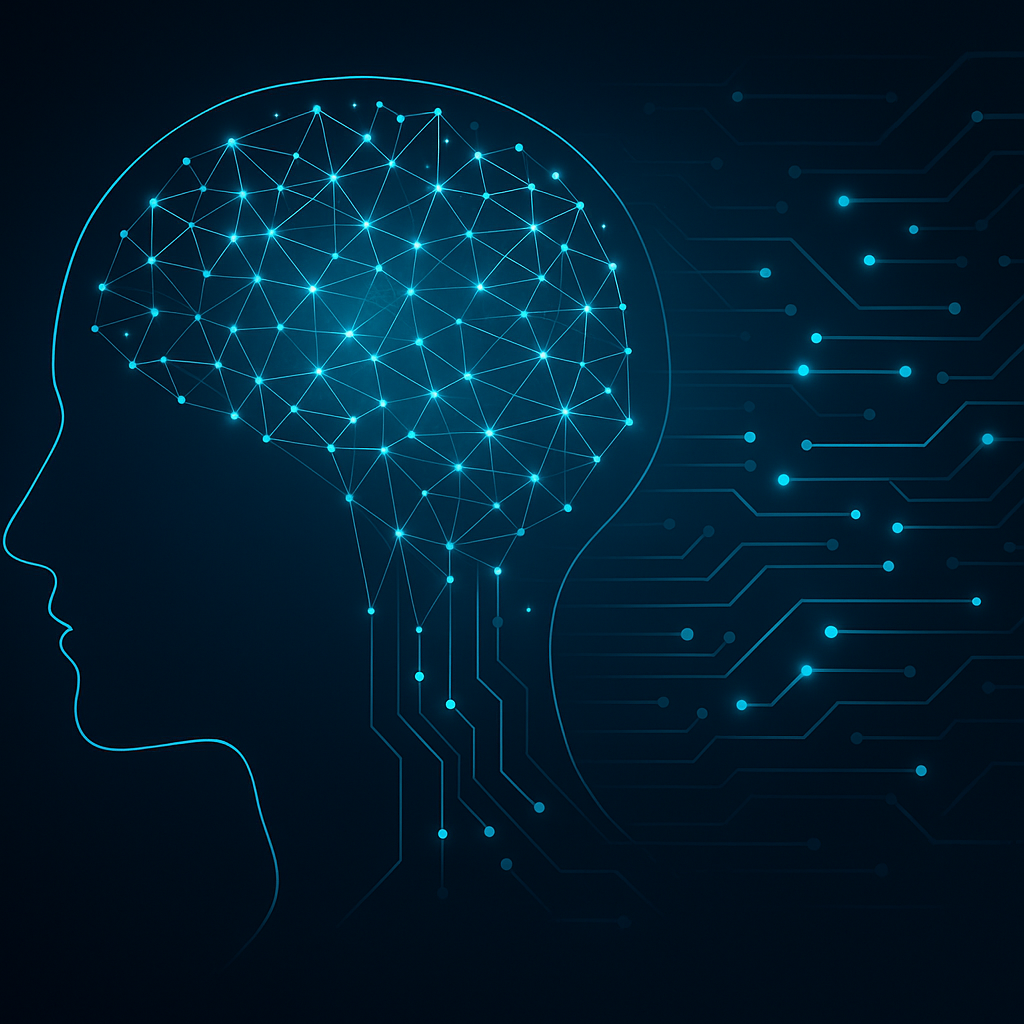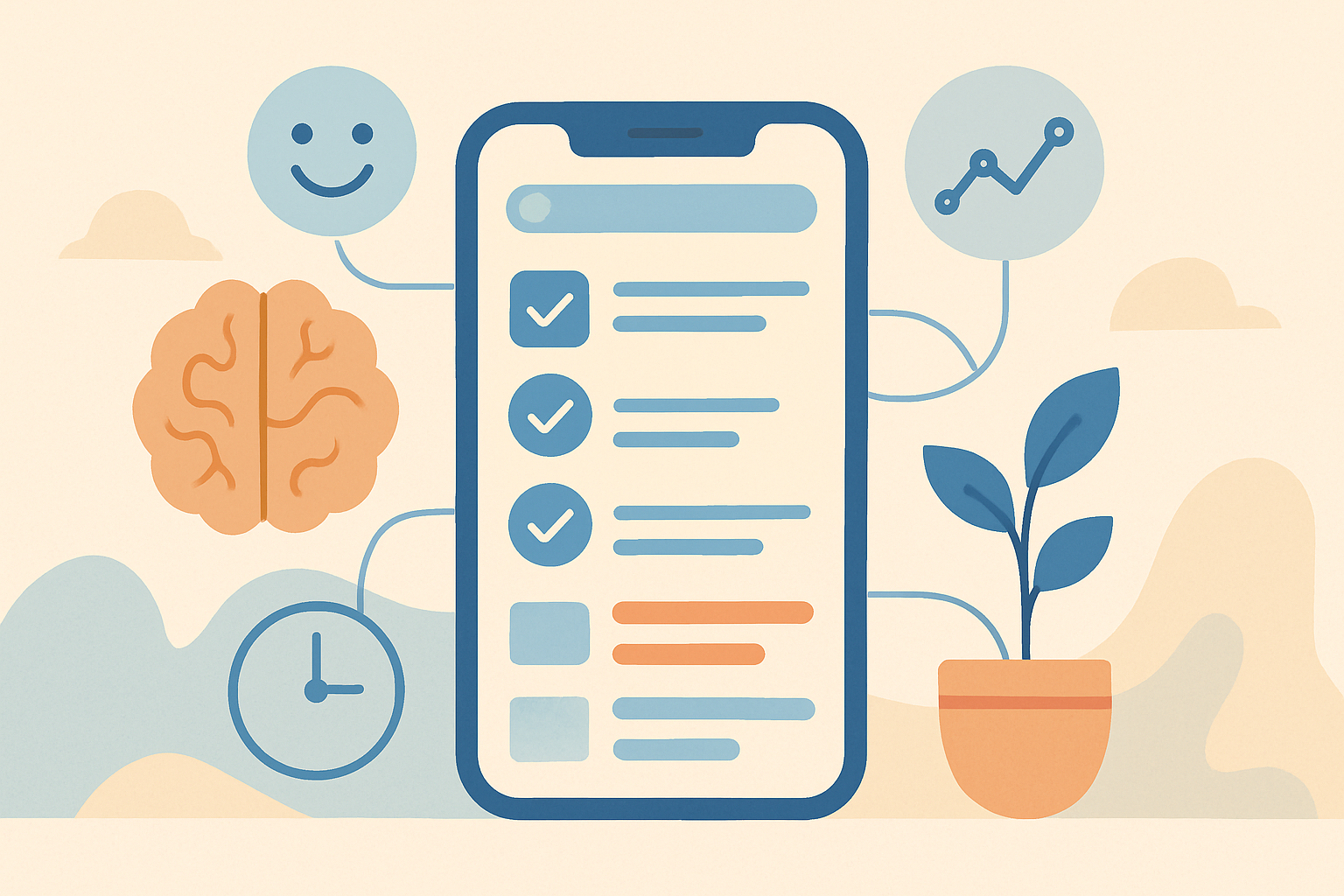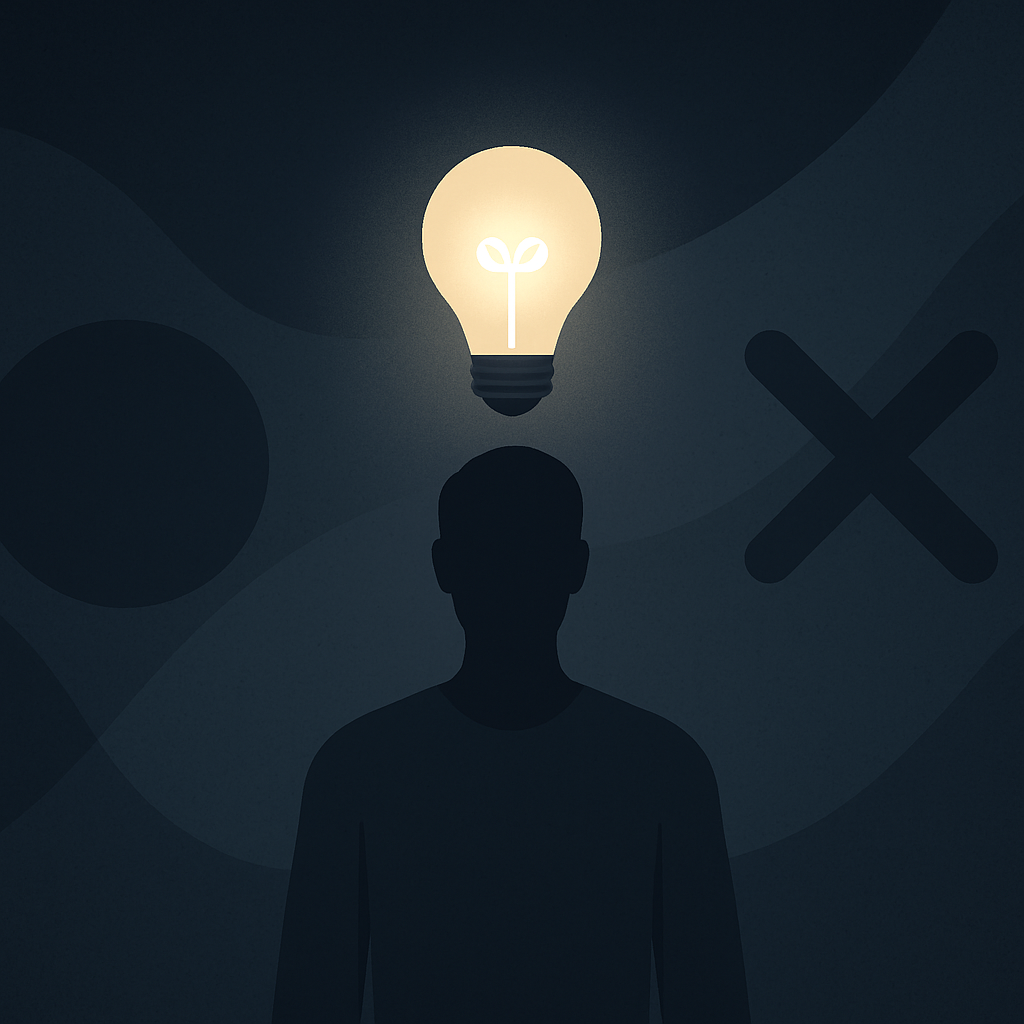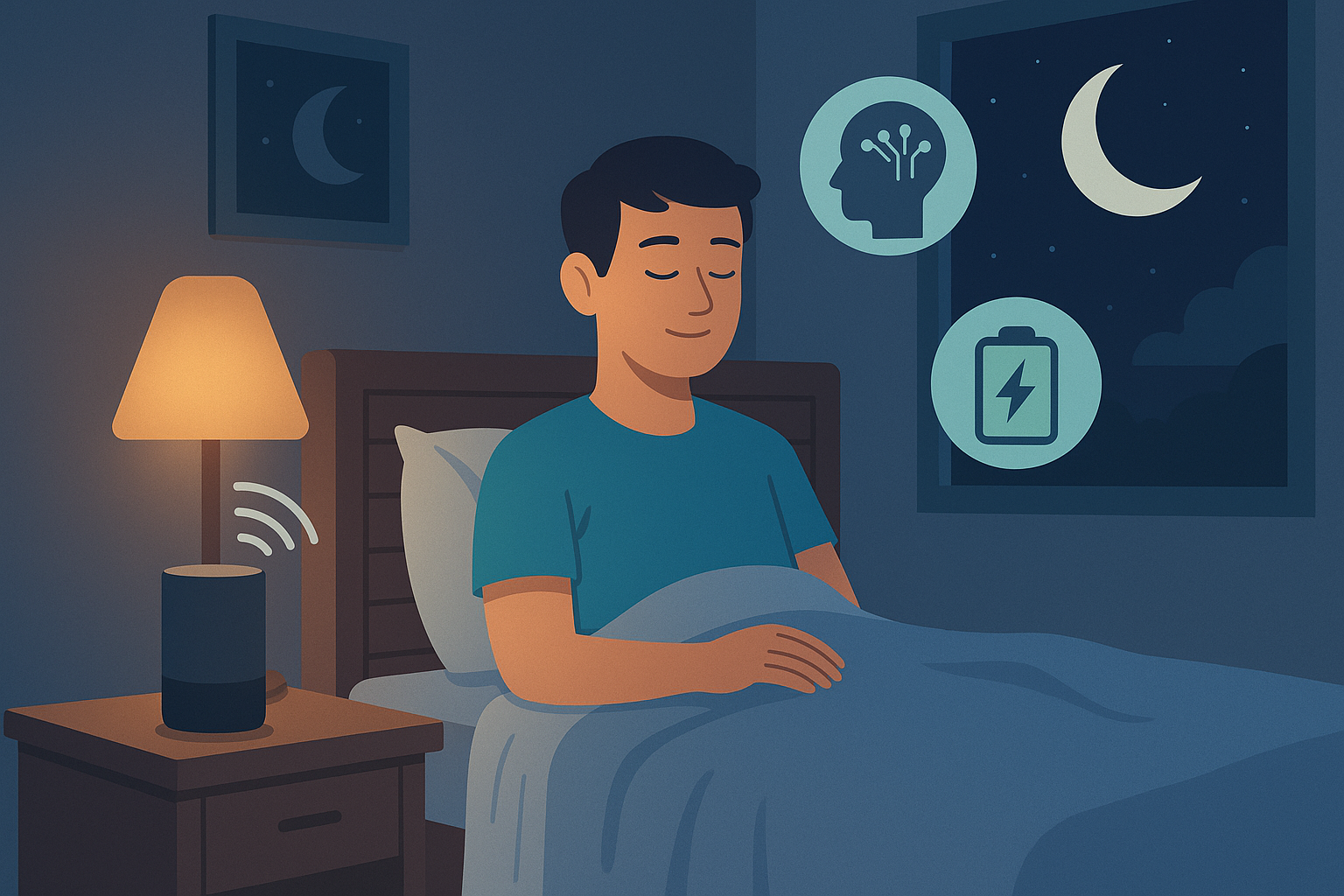In the age of information, your mind is no longer limited by what it can remember — but by how intelligently it organizes knowledge. The most productive people in 2025 don’t just rely on notes or apps; they use AI systems that act as second brains, remembering, connecting, and retrieving information faster than human memory ever could.
The concept of a “second brain” is no longer a metaphor. It’s becoming a living network of intelligent assistants, algorithms, and systems that extend your cognition — allowing you to think more clearly, work faster, and make better decisions.
While humans evolved to store ideas, AI systems now evolve to structure them.

The Origin of the Second Brain Concept AI Systems
The idea of a second brain emerged from the productivity and knowledge-management movements of the early 2020s. Pioneers like Tiago Forte and Nick Milo developed frameworks for organizing digital notes — a kind of externalized mind.
But what began as a manual process has now become automated. AI has taken the second brain concept beyond note-taking. Modern AI systems can now summarize your ideas, recognize patterns across projects, and even generate creative insights from your own archives.
The result is not a tool — it’s an extension of your cognition.
Why You Need a Digital Brain AI Systems
We live in a cognitive economy, where value comes from how fast and how well we process information. The human brain is powerful, but it’s not optimized for digital overflow. Every day, we consume more information than our biological memory can hold.
That’s where AI systems enter: they don’t just store — they think. They organize thoughts dynamically, understand context, and recall connections at the moment you need them.
Imagine never losing an idea again.
Imagine your digital workspace knowing exactly what to suggest next — because it understands how you think.
That’s the new frontier of productivity.
How AI Systems Build Cognitive Architecture
An effective “AI second brain” works much like the human neocortex — a system for linking fragments of knowledge into meaning.
It’s built on three core principles:
| Principle | Description | Function |
|---|---|---|
| Capture | The AI records and organizes everything you create, read, or reference. | Inputs data and context automatically. |
| Synthesis | It processes and connects information intelligently. | Builds relationships between ideas. |
| Retrieval | It finds insights exactly when needed. | Acts as long-term, adaptive memory. |
This triad forms a digital cognitive loop — your AI system becomes a neural extension, evolving with your workflow.
Unlike old productivity apps, it doesn’t just store information — it learns how you use it.
Example: The AI Memory Workflow
Let’s take Alex, a researcher managing hundreds of projects, articles, and insights.
With an integrated AI system like Notion AI + ChatGPT + Reclaim, Alex’s second brain operates continuously:
- Every meeting transcript is automatically summarized.
- Research papers are scanned, categorized, and tagged.
- ChatGPT connects insights across files to form conclusions.
- Reclaim adjusts his schedule based on energy and focus.
When Alex types a new question — for example, “What have I written about circular economy and AI automation?” — the system retrieves relevant data from months of notes, surfacing key references instantly.
The result: less searching, more thinking.
This is how AI systems convert data into direction.
The Tools That Power an AI Second Brain
In 2025, building a digital brain doesn’t require programming. It’s about combining modular tools into one intelligent ecosystem.
Here’s a breakdown of the most effective AI systems for this purpose:
| Category | AI System | Core Role | Integration Power |
|---|---|---|---|
| Knowledge Base | Notion AI / Mem | Captures and summarizes thoughts | Learns from writing style |
| Cognitive Engine | ChatGPT / Anthropic Claude | Synthesizes and explains data | Contextual reasoning |
| Automation Layer | Zapier / Make | Connects and synchronizes tools | Workflow automation |
| Scheduling Intelligence | Reclaim AI / Motion | Plans focus and recovery cycles | Time-energy alignment |
| Creative Memory | Perplexity AI | Research and verification | Retrieves real-time knowledge |
When used together, these AI systems form a seamless flow between capture, synthesis, and recall — the three layers of a true second brain.
Example Workflow: From Idea to Execution
You start with a random thought: “Can I automate my client reporting process?”
- You type the idea into Notion AI. It summarizes and categorizes it under “Automation.”
- ChatGPT expands it into a possible workflow using templates you’ve used before.
- Zapier connects the reporting tool to your CRM.
- Reclaim AI finds a 30-minute window for testing it.
- Perplexity AI retrieves current articles on automation trends to refine the strategy.
Within an hour, an abstract thought becomes an executable plan — guided by your AI second brain.
This is how AI systems transform raw creativity into structured output.
The Human Side of Artificial Memory
A true second brain doesn’t replace your mind — it amplifies it.
The key is balance. Let AI systems handle structure and recall while you focus on judgment, empathy, and creativity.
Cognitive offloading — the process of delegating mental load to technology — allows you to reserve energy for complex problem-solving. By externalizing repetitive thinking, you strengthen your real brain’s ability to generate original ideas.
Think of it this way:
Your mind remains the architect.
Your AI system becomes the builder.
The Future: AI Systems That Think Like You
The next evolution of AI systems is personalization. These models will soon replicate your unique thinking style — learning not just what you know, but how you reason.
They’ll identify gaps in your understanding, suggest next learning steps, and even refine your note structure for clarity.
By 2026, cognitive AI systems will integrate biometric feedback — adjusting workload and focus recommendations based on physiological signals like stress or attention levels.
Your second brain won’t just think with you. It will think for you — and sometimes before you.
Table: Human vs AI Cognitive Strengths
| Domain | Human Mind | AI Systems |
|---|---|---|
| Creativity | Imagination and emotion | Pattern-based generation |
| Memory | Short-term and intuitive | Infinite, structured recall |
| Focus | Contextual but fragile | Consistent and scalable |
| Judgment | Ethical and empathetic | Data-driven logic |
| Adaptability | Learns slowly | Learns instantly |
Together, they form a hybrid intelligence — one capable of exceeding both human and machine limits alone.
Conclusion
Building a second brain is no longer a futuristic concept. It’s a practical advantage — powered by the rise of connected AI systems that expand your cognition beyond memory.
When you teach your digital brain to think, organize, and remember for you, productivity stops being about time management — it becomes thought management.
In the next decade, the most successful professionals won’t just use AI. They’ll think with it.
Further Reading & Related Insights
Internal link:
- The Hidden Power of Perplexity AI Explained — Discover how Perplexity AI transforms online research into reliable, intelligent insight.
External links:
Blog
This section provides an overview of the blog, showcasing a variety of articles, insights, and resources to inform and inspire readers.
-

AI Habit Tracking and the New Rhythm of Modern Self-Improvement
AI Habit Tracking. Progress used to depend on discipline. Now, it depends on data.…
-

AI Decision Making and the New Discipline of Intentional Living
AI Decision Making. Every “yes” has a cost. Every time you agree to something…
-

The Perfect AI Night Routine to Sleep Better and Think Smarter
AI Night Routine. Your morning doesn’t begin when you wake up — it begins…
